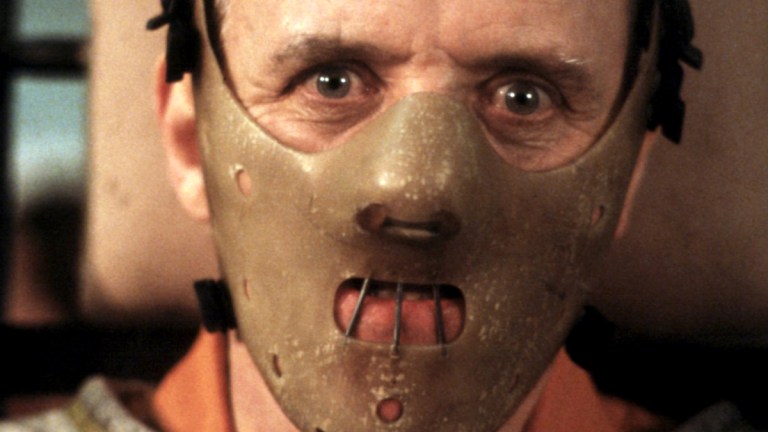Silence of the Lambs: Anthony Hopkins Reveals His Real World Inspiration for Hannibal Lecter
In a new conversation with Jodie Foster and Anthony Hopkins, the latter reveals who inspired his interpretation of Hannibal Lecter in The Silence of the Lambs.

It’s fair to say audiences were not quite ready for a character like Anthony Hopkins’ Dr. Hannibal Lecter in 1991. Obviously there had been killers and madmen in movies before; there was even another credible version of Hannibal Lecter a few years prior to that in Michael Mann’s Manhunter. But when Hopkins appears on screen in The Silence of the Lambs, he’s as still as a python lying in wait, yet also as cordial as a beloved college professor. Audiences instantly recoiled… and then leaned in.
Hopkins was aware of the effect he and Jonathan Demme cultivated for the character, crafting a presence both malevolent and benevolent, at least toward Clarice Starling (Jodie Foster) in the latter since. And 30 years after Silence of the Lambs’ release, Hopkins is opening up more about the process.
In a new Q&A alongside Foster for Vanity Fair, Hopkins revealed a handful of intriguing details about how he developed the not-so-good, Dr. Lecter, including how he was inspired to base the character’s cadence and mannerisms on a favorite drama teacher.
“I’ve never admitted this publicly, but when I was in the Royal Academy, there was a teacher we had, a Stanislavsky method teacher, and he was lethal,” Hopkins said. “He was very charismatic, and he was deadly. He would rip you apart. He would take you apart intellectually. He’d just smirk, and he’s say, ‘No. Do it again.’ You’d do a piece, and he’d say, ‘Do it again. No.’”
Hopkins went on to reveal the retired instructor’s name is Christopher Fettes, and he modeled the briskness of Lecter’s unusual mentorship of Clarice Starling after him.
“I based it on him,” Hopkins said. “‘No, Clarice.’ This teacher had stayed in my conscience all my life. I got a phone call afterwards: ‘Tony, it’s a wonderful performance. Did you base that on me, by any chance?’”
This was one in a series of amusing anecdotes Hopkins revisited. Some are well known, such as how he made the choice to have Dr. Lecter standing completely still and alert inside his cell when Clarice (and the audience) first see him—he wanted the doctor to appear as calm and collected as possible after all the build-up of him being “a monster.” Hopkins also revealed, however, that he and Demme approached the theatricality of Hannibal’s menace by viewing the character as a good man, at least whenever possible.
Recalled Hopkins, “[Demme] said, ‘I think he’s a good man, he’s very bright man. He’s trapped in an insane brain.’ I thought, Oh. And I think he was right, because what Lecter is really—it’s an old-fashioned word to use—but he’s a gentleman. He has finesse. He’s not Buffalo Bill. When he kills it’s fast and deadly.” Hopkins went on to muse that as much as Hannibal might be attracted to Clarice, he can also understand her and the feminine nature, because there’s “a lot of female” in Lecter, noting “we all have that, the anima and animus.”
It’s a fascinating discussion you can read more of here, including how Foster was first unnerved by Hopkins’ performance during their initial script reading, and how she convinced Demme to change the opening sequence of Silence of the Lambs to the iconic setup it has today.
